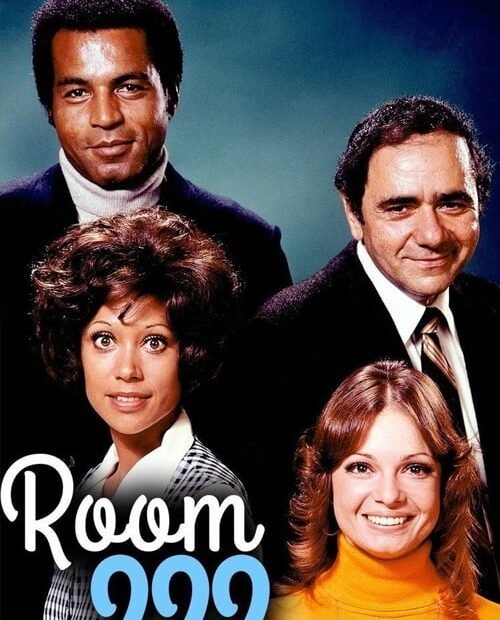Room 222: Where the Hallways Are Long, and the Lessons Are Deep
Picture this: a world where high school is less about lockers and more about life lessons, social justice, and the occasional existential crisis. Welcome to Room 222, the 1970s television series that teaches us that sometimes, the most profound lessons come from the most unexpected places—like a classroom filled with teenagers who are more philosophical than your average college professor.
Setting the Scene
Set in the fictional Walt Whitman High School in Los Angeles, we follow the exploits of Mr. Pete Dixon, a teacher with the charisma of a rock star and the wisdom of a sage. His classroom, Room 222, becomes the epicenter of teenage dilemmas, societal issues, and the occasional awkward crush. And let’s be honest, if you didn’t have a crush on someone in high school, did you even go to high school?
Plot Spoilers: The Philosophical Journey
The series dives into the lives of various students, each representing a unique slice of the adolescent experience. From the rebellious to the shy, they all stumble through their own philosophical mazes. Spoiler alert: they eventually learn that life isn’t just about passing grades but about passing the vibe check of existence.
One of the standout arcs is that of the student, Liz, who grapples with identity and the meaning of self. Spoiler: by the end of her arc, she realizes that the best way to find yourself is to lose yourself in the chaos of teenage drama. Classic, right? It’s like the universe’s way of saying, “Here’s a mirror, now go figure it out!”
Mr. Dixon: The Teacher, The Philosopher
Mr. Dixon is essentially the Socrates of the classroom, albeit with a snazzier wardrobe. He encourages his students to think critically and question everything—especially their choice of hairstyles. Throughout the series, he faces challenges that test his patience, sanity, and ability to keep a straight face while dealing with the absurdity of teenage antics. Spoiler: he often fails at the last one. Let’s just say, there are moments when even he can’t hide his laughter when a student tries to explain why they should get an A for effort alone.
The Real Lessons Learned
As the series progresses, it becomes clear that the true essence of Room 222 lies in its exploration of social issues. Racism, class disparity, and the quest for identity are all tackled with a blend of humor and sincerity. Spoiler alert: it’s not just about learning algebra; it’s about understanding that the real equation is how to be a decent human being in a world that often feels like a poorly written sitcom.
Conclusion: The Legacy of Room 222
In the end, Room 222 serves as a reminder that while high school is a time of confusion and chaos, it’s also a crucial period for personal growth and philosophical exploration. The series wraps up with the notion that every student who walks through that door is not just a pupil but a potential philosopher in the making. Spoiler: they all leave with more than just a diploma; they leave with a better understanding of themselves and the world around them.
So, if you’re in the mood for a nostalgic trip that’s equal parts hilarious and thought-provoking, dive into the corridors of Room 222. Just remember, the real lesson is to never take life too seriously—after all, we’re all just trying to navigate the hallways of existence without tripping over our own feet.
